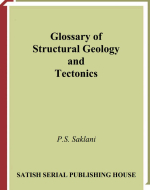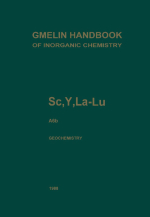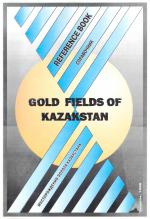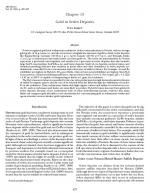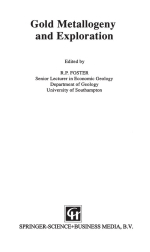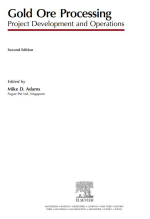Newly recognized gold-rich sedimentary-exhalative (sedex) mineralization in Nevada, with an average gold grade of 14 g/tonne (t), and the occurrence of significant amounts of gold in classic sedex deposits like Rammelsberg, Germany (30 Mt at 1 g/t), Anvil, Canada (120 Mt at 0.7 g/t), and Triumph, Idaho (? at 2.2 g/t) demonstrate that basin brines can form gold ore. The sedex Au mineralization in Nevada represents a previously unrecognized end member in a spectrum of sedex deposits that also includes large Zn-Pb, intermediate Zn-Pb-Ba ± Au, and barite deposits. Study of ore deposits, modern brines, and chemical modeling indicates that variation in metal ratios and their abundance in sedex deposits are dominantly controlled by the concentration and redox state of sulfur in brines. For example, Au and Ba solubilities are highest in H2S-rich, SO4-poor fluids, whereas base metal solubilities are highest when H2S is not present. Chemical modeling indicates a typical reduced brine (15 wt % NaCl equiv, pH = 5.5, H2S = 0.01 m) at 200°C is capable of transporting as much as 1 ppm Au in solution.
The H2S content in brines is controlled by the rate of its production through thermochemical reduction of sulfate by organic matter and the rate of its removal from the fluid through the sulfidation of reactive Fe in the sediments. Thus, sedimentary basins with high organic carbon and sulfate in rocks low in reactive Fe, such as carbonates and shales, are most likely to produce H2S-rich brines that may form gold-rich sedex deposits. Because of the tremendous scale of sedex hydrothermal systems, evidence that basin fluids can transport gold identifies a new mechanism for concentrating gold in sedimentary basins and opens extensive areas to further gold exploration.


